Garden in Yorkshire Bees Knees

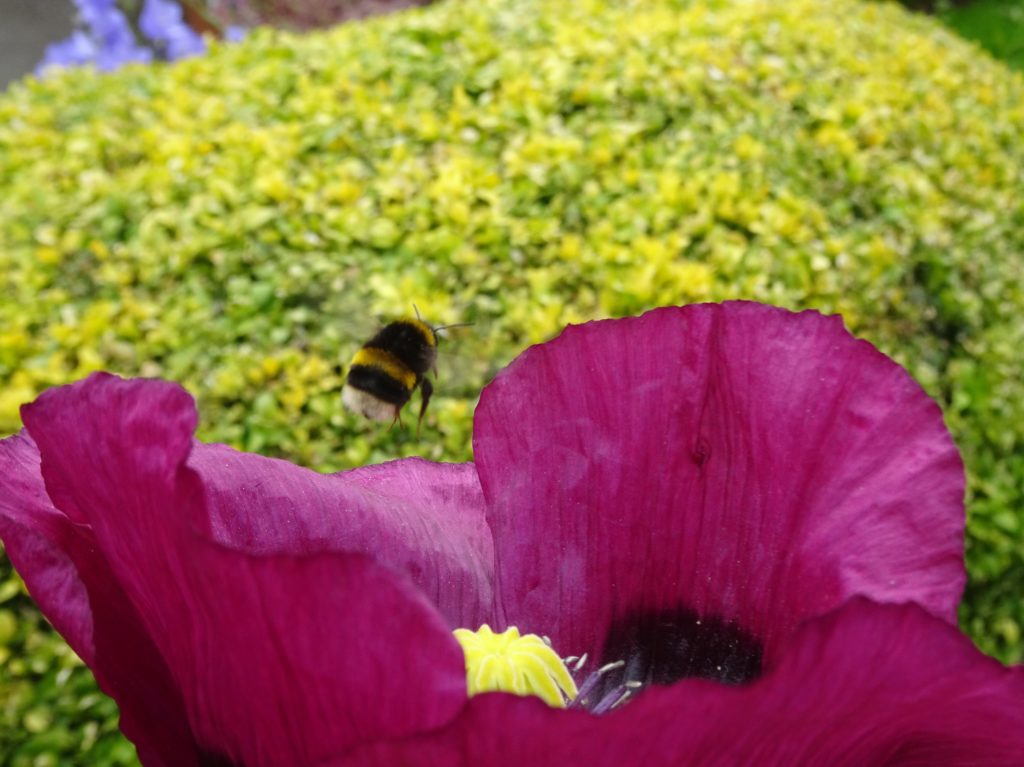


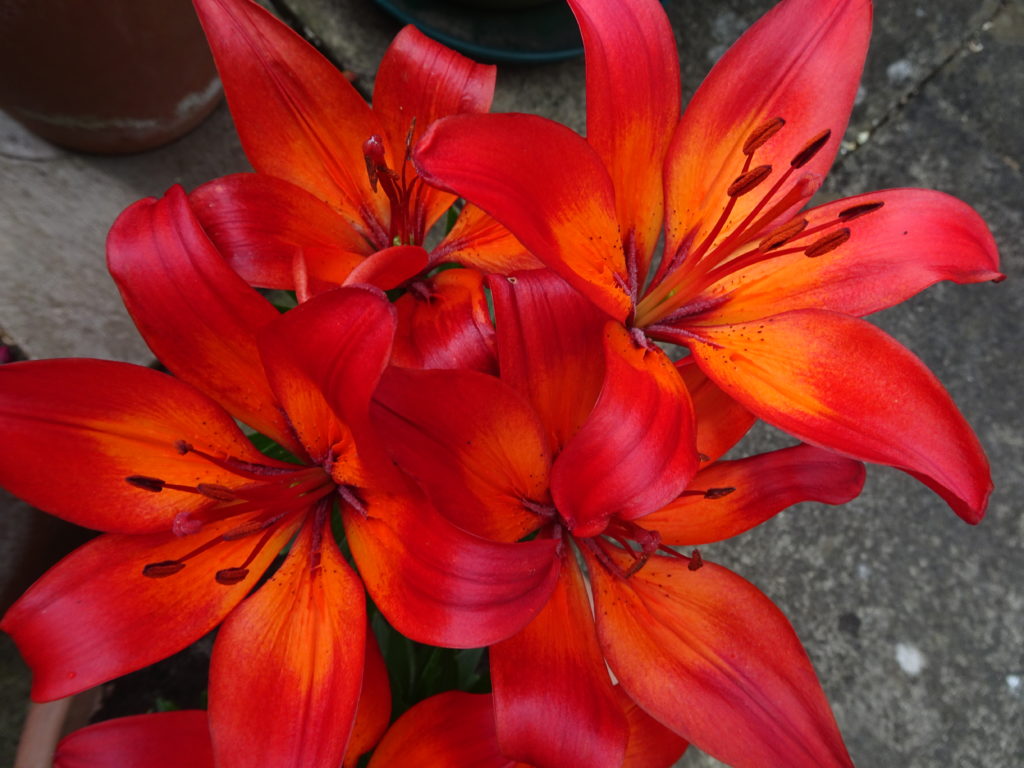
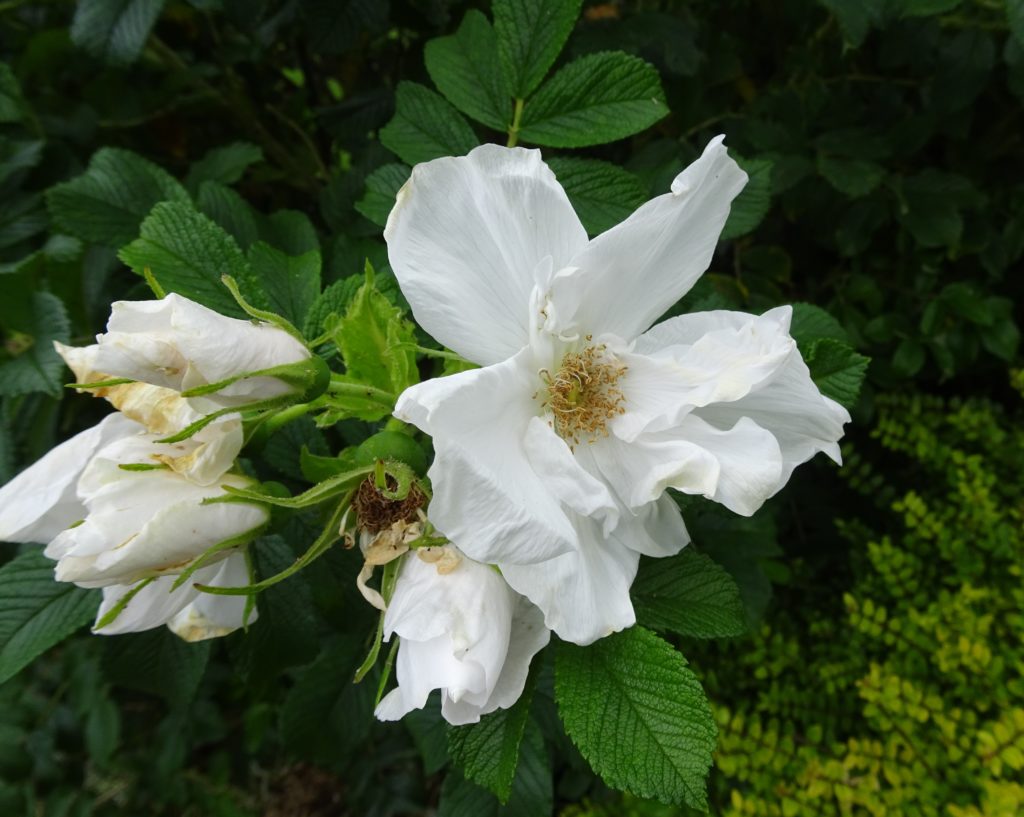








My roots are in the north of England but I enjoy an occasional trip down to ‘the smoke’ as London used to be called. Fortunately there is far less smoke than 50+ years ago but the same can’t be said for air pollution nor particulates around major roads. We walked from Kings Cross along Euston Road to the Wellcome Collection and the ‘rooted beings’ exhibition. Breathing in the fumes caused some coughing and spluttering on the way so subsequently we walked through back streets seeing another side of London. Whilst the air was not as fresh as Ilkley Moor it was OK particularly when we stopped in Russel Square garden.
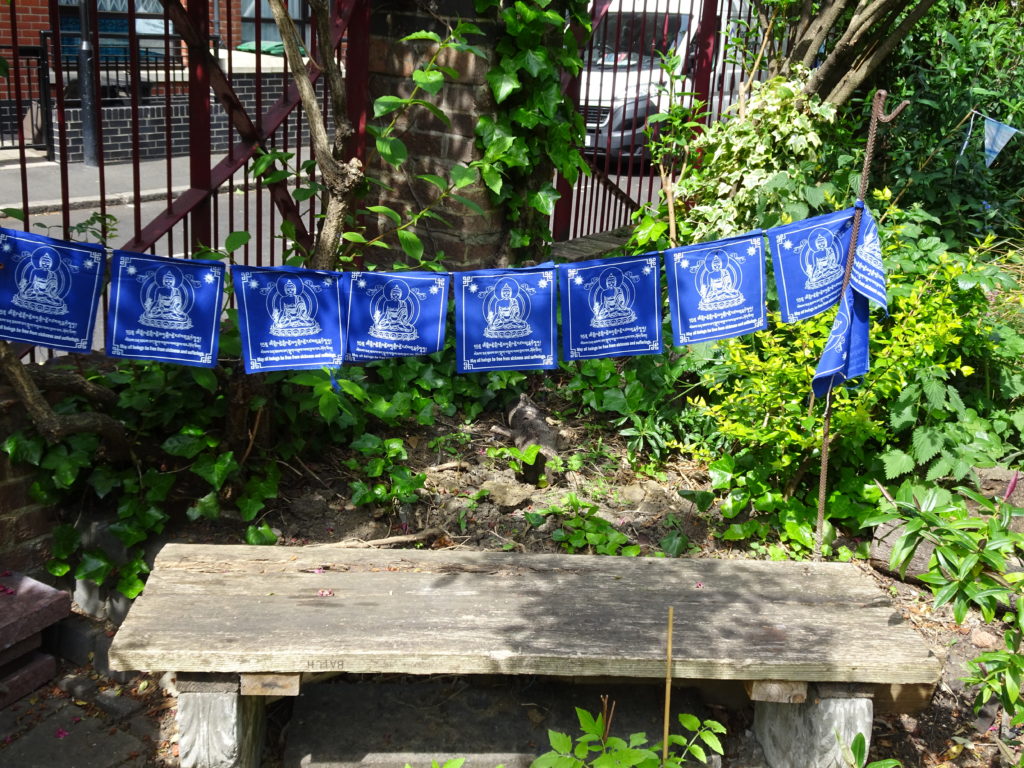
Not what you would expect for a garden called ‘The Phoenix Garden’ in the middle of Tottenham Court Road near Crown Point. It isn’t a phoenix from the ashes of a great fire or a WW11 bomb site at but was built on a disused car park in the 1980s. It may be part of an overflowing burial ground for St Giles-in-the-field church back in the 1600s and is reputed to be the last surviving Covent ‘Garden’. The entrance is located in St Giles Passage
Despite being surprisingly close to the busiest part of central London there is a peace and tranquillity about the small but well formed, free to visit garden. It is maintained to a high standard by volunteers with lots of flowering plants and secluded seating. I was walking or ambling from Kings Cross to Westminster and unexpectedly came across the garden where I spent a tranquil time in a well stocked, well planned space. The large number of insects and wild life is a tribute to the planning and care that has gone into maintaining this community asset. The surrounding buildings do not intrude on the space but the photo below shows the competition from concrete.
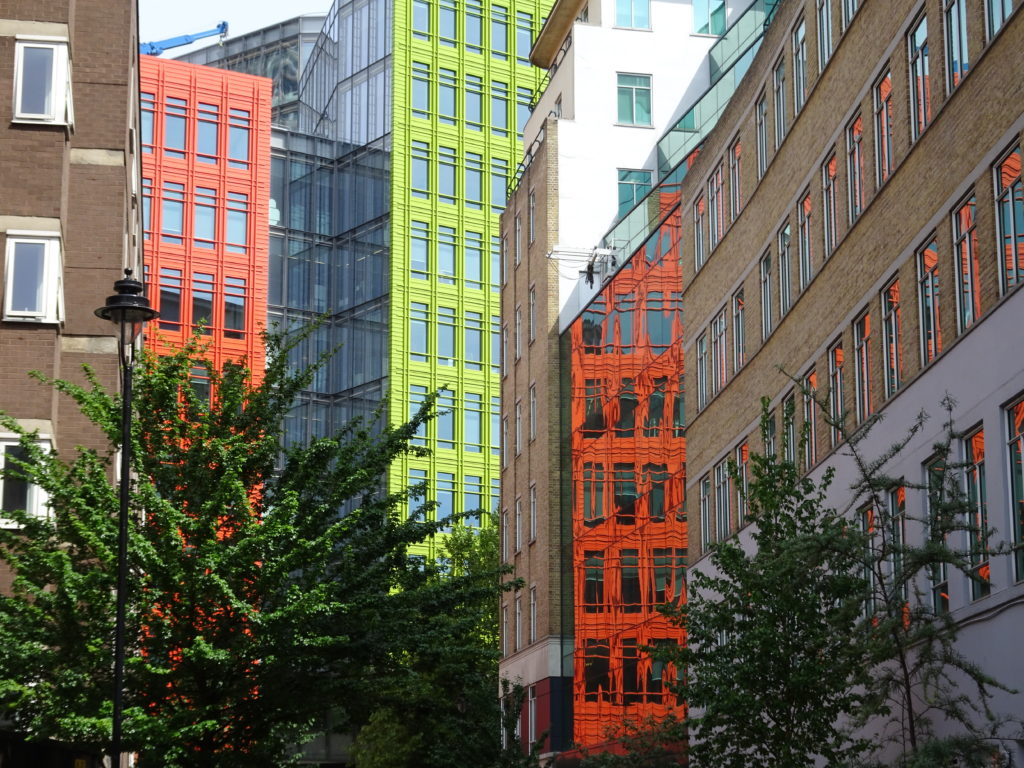
It is a sad fact that the British hobby of garden-making is in decline. That is partially due to social changes and more importantly there being no new land for gardens.
New drives, block paving and concreting over may and I emphasise may seem a good investment but think of the gardens destroyed and the habitats lost under hard landscape.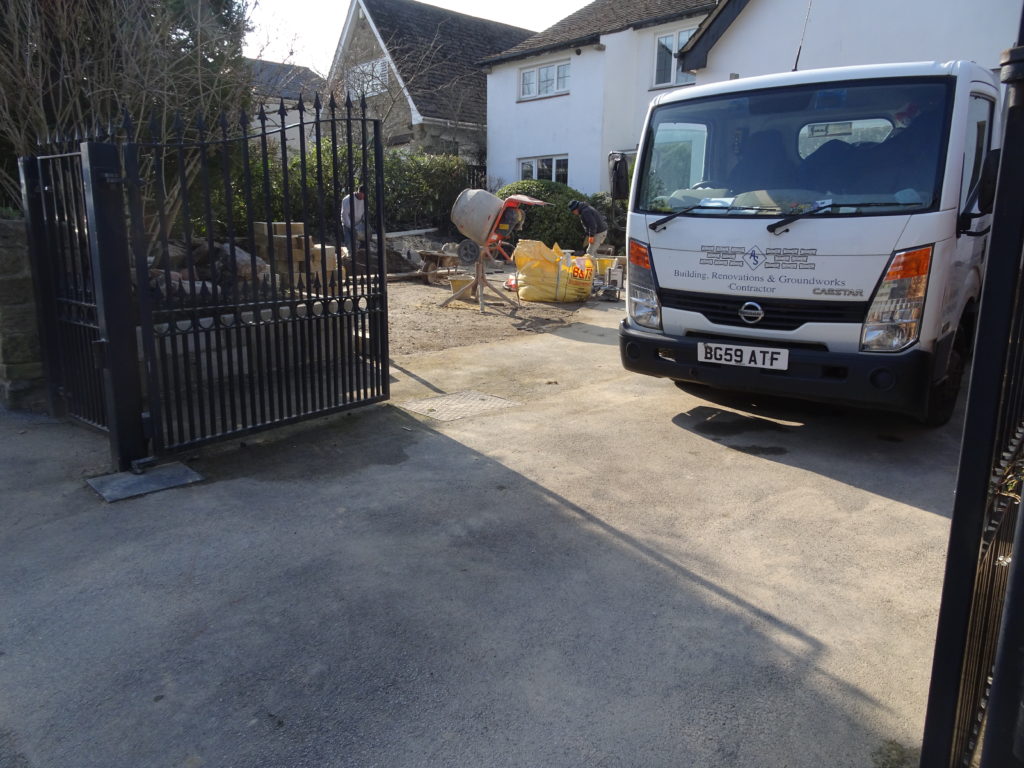
Nine years ago I wrote about the coloured leaves of this houseplant. Now I have got interested in oil painting and this plant makes a dream of a subject for this week. This is what was published at the time and I recommend a later more detailed post. Read also about Croton the other name for Codiaeum,and related houseplants
‘You do not need flowers to produce colour in your houseplants. In addition to Begonia Rex and its relatives why not try growing some Codiaeum, an easy to maintain leafy plant.
Codiaeums are interesting foliage house plants also called Joseph’s Coat.
If you missed an autumn planting of lily bulbs now is a good time to plant some to catch up for this year.
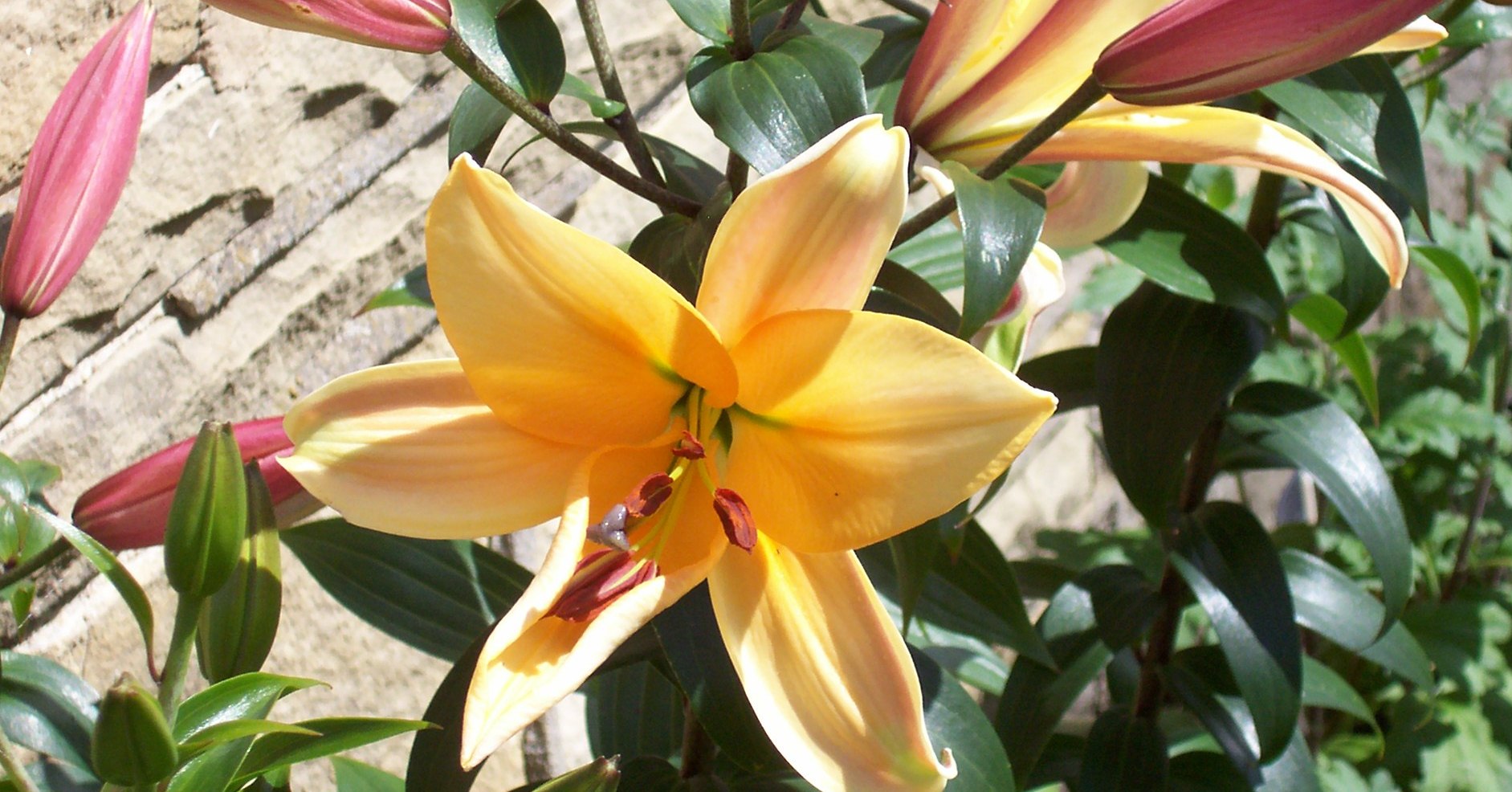
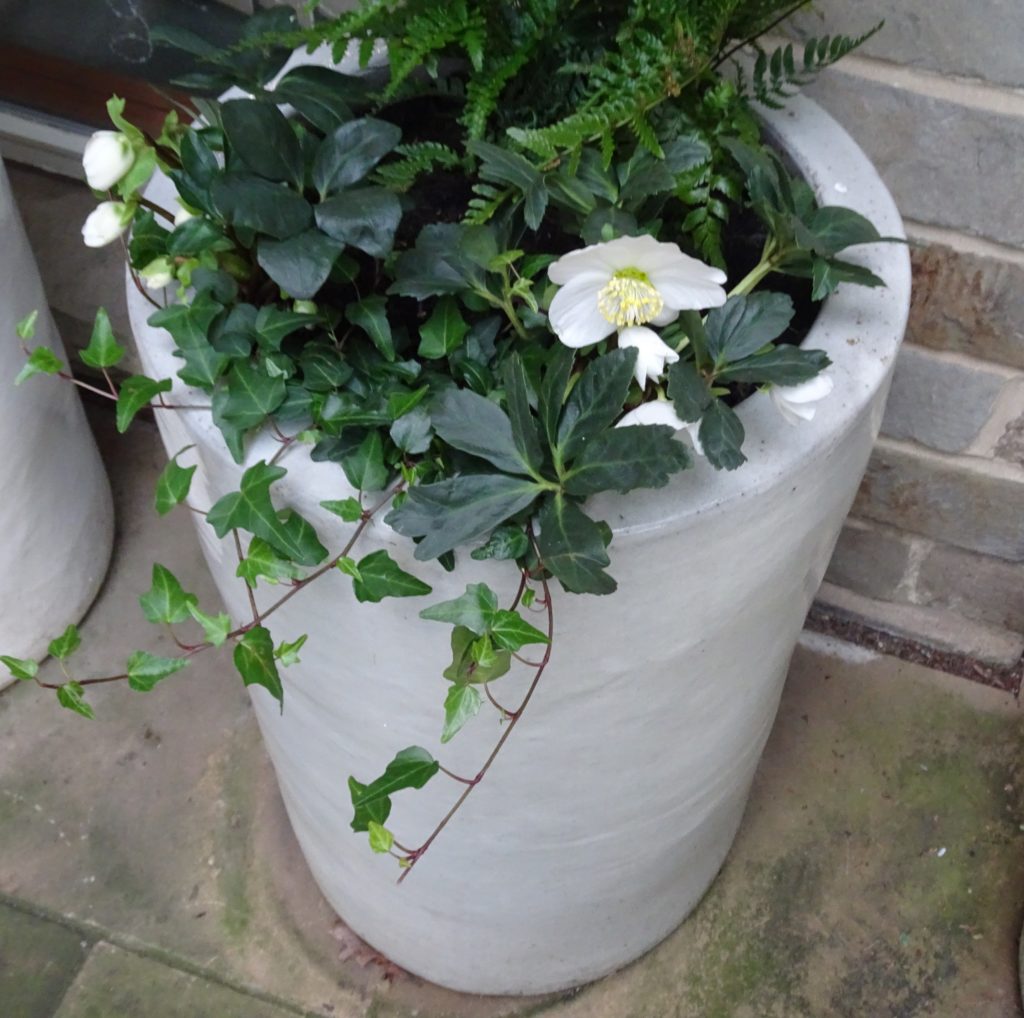
Mankind has proved to be adaptable at least enough to survive as one of nature’s multitude species. However there are warning signs that for the long term all is not well in our environment. As one small contribution to a ‘rooted in nature movement’ we should consider the gardener as a key player and influencer.
Lest we forget nature is essential to provide our current and future sustenance, health and wellbeing. Food and shelter are axiomatic to the survival of the human race and us as individuals. In a small way gardeners can root each of us in nature and provide a significant contribution to our understanding and appreciation of our natural surrounds. Enough of the overview now a few words on a micro perspective.
Ash trees take lots and lots of goodness from the soil then die back or get turned into CO2 as firewood.
Never plant gladioli near peas beans or strawberries if you want them to thrive. Cabbages can kill off strawberries
Fuchsias appreciate shredded green bracken underneath their roots
Couch grass seldom grows around tomatoes, lupins or turnips.
Raddishes help stop maggots near cabbages
French marrigolds are well know for protecting from white fly
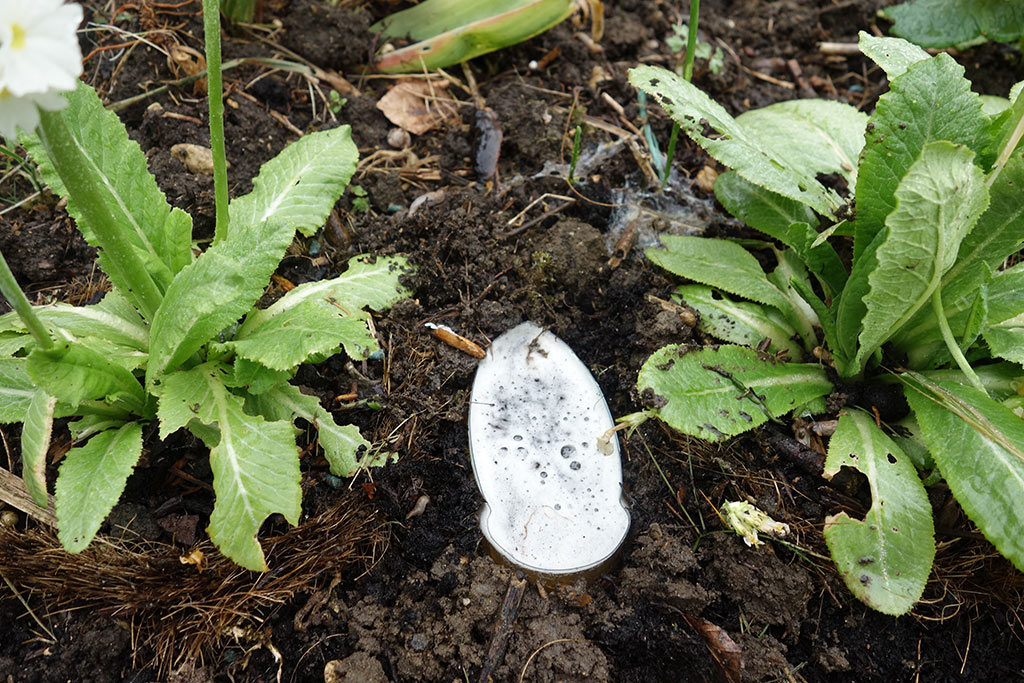
Mulch with black polythene, old carpet or thick layers of cardboard.
An old dustbin with a chimney can be used to burn rubbish efficiently but it doesn’t look as good as a bonfire
Old labels and random canes and sticks as supports look untidy and at least in winter should be gathered in.
Lilies are fine plants but can be ravaged by the red lily beetle. Hostas can be ravaged by slugs and both look ugly